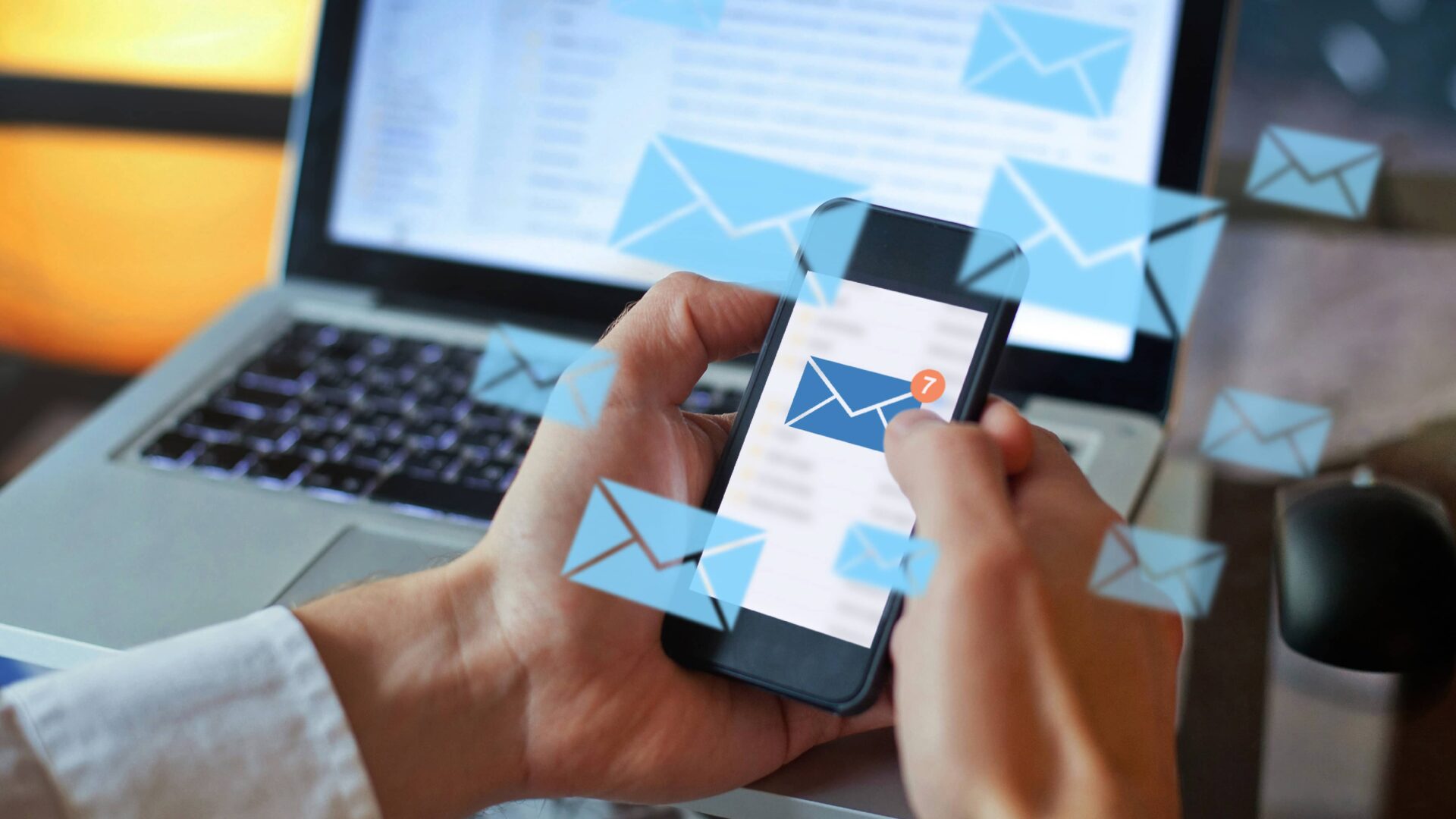Email marketing consistently outperforms nearly every other form of outreach, promotion, content activation and prospecting imaginable.
Even after years (or decades) of hyperdigital communication, email continues to deliver $35-$40 for every marketing dollar spent. It’s also a relatively simple channel to utilize, with a low bar for brands to get started.
The trouble is that email marketing programs aren’t easy to operate well. In this post, we’ll share a few ways our Pace team reached two or even three times our industry benchmarks for email engagements, such as open rates and click-through rates.

1. We Maximized Email Open Rates by Focusing on the People Who Engaged With Our Content
Deliverability is the single area of email marketing that has changed the most in the past decade. Deliverability scores affect how often your content is flagged as spam. Most email providers have modeled their deliverability tools on social media algorithms: If users engage consistently, you get a boost. If users delete your content or report it as spam, you get dinged. Likewise, if your emails bounce, your deliverability scores also suffer.
To optimize for email deliverability, we simply stopped sending emails to people who didn’t open them over the course of several sending cycles. Our team adopted automated workflows to filter these accounts from our sending list, treating opt-out (rather than opt-in) as our default assumption to respect the intentions of our audience.
We routinely investigate what’s happening, assessing whether any technical or creative issues might be hurting our open rates. We also continue to use reengagement tactics for people whose engagement slows. But the bottom line is that when people stop opening, we stop sending.
Over time, we’ve established ourselves as a trusted sender, bolstering the reputation of the IP addresses we use to send email.
The result is that our primary external subscription list consistently sees open rates of 36%—three times our industry benchmark.

2. We Calculated Optimal Send Times Based on Our Own First-Party Data
If you do a quick search on prime times to send emails, you’ll find a lot of conflicting answers. The problem is that send time should be determined by your own audience expectations and preferences—not by averages for another list. It’s all contextual to what you’re sending and to who engages.
So, rather than simply taking cues from outside research, we studied our subscriber lists of over 20,000 email addresses to calculate optimal send times.
This still took (read: takes) experimentation as well. There are also plenty of sending time best practices to guide you, such as not sending business emails Friday night before a holiday weekend. The key, however, is informing your email send times based on your own subscribers.
Our subscriber list that got the most rigorous timing-testing regularly sees open rates of 65%, and has even hit 80% open rates on occasion.
Bonus: We’ve also found a lot of value in customizing send times based on individual users’ time zones. Email marketing tools generally lag behind the curve in terms of offering microsegmentation for send times, but there’s a lot of value in personalizing your timings.

3. We Focused On Sending Consistent, High-Quality Content
If your subscribers are surprised at what you send them, you’ve probably done something wrong.
To keep open rates and click-through rates high, we stick to email formats and content types that our users expect. That’s not to say we don’t try to amaze them with our content quality and surprise them with what they’ll learn. But our subscribers always get the same amount of content, and we always address the topics our users signed up for in the first place.
Once your deliverability and timings are on point, content is the easiest place to show up strong and earn consistent, repeated engagement.
Our focus on content quality and consistency is how we’ve hit click-through rates of 15% on the regular, even topping 30% several times in the last quarter. This is in contrast to an industry average of just 1.8%.

A Few More Email Marketing Best Practices for Lists of All Sizes
- The more you can segment your email lists, the better you can expect your engagement to be.
- Test every email on mobile devices, in multiple browsers or email apps, and in dark mode as well as default settings.
- Don’t buy lists of so-called subscribers—or, put more simply, don’t send mass emails to people who didn’t actually subscribe.
Conclusion: Four Reasons We Take Email Marketing Seriously
Email programs have more to offer than just a high return on marketing spend. So, in addition to looking at our methods, it’s worth addressing four key reasons to take email marketing seriously for your own brand.
- Email is a largely noninterruptive format. Yes, people can get tired of constant or unexpected arrivals in their inboxes, but email is easy to consume immediately (like interruptive methods) or to save for later, which sets it apart. Users get to control how often they get notified about new content in their inboxes. Furthermore, even unread emails can be a huge boon for brand awareness. Audiences see and recall them many times as they sit in an inbox.
- Email marketing programs are scalable. You can drive real value with an engaged subscriber list of 200, and you can grow that engagement community to 2,000 or 200,000 without a high executional bar.
- Email marketing is budget friendly. Not only are email programs scalable by size, but costs scale upward at manageable rates for most good email marketing platforms. Even with segmented email programs, it’s not exceptionally expensive to grow your program.
- Email marketing is remarkably slow to change. Sometimes digital marketers equate stability with a lack of innovation—and email definitely lacks in innovation—but there’s a major plus as well: You can get good at it and stay good at it for a long time without it suddenly changing. White hat email programs do most of the same things now that they did 10 or even 15 years ago, and those tactics still drive value for both the email senders and the recipients alike.
Last but not least, subscribe below if you want to see what our emails look like and get a monthly dose of marketing smarts from Pace.



